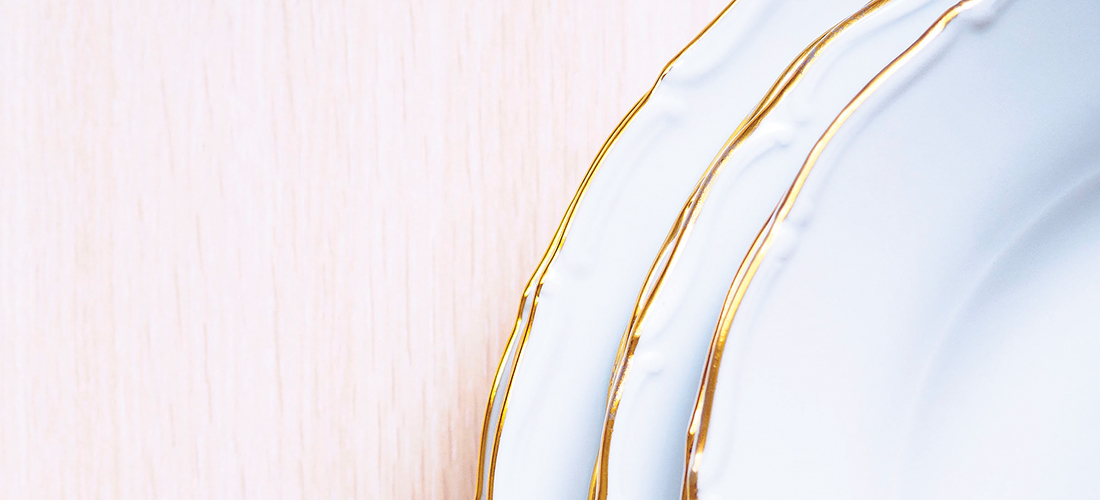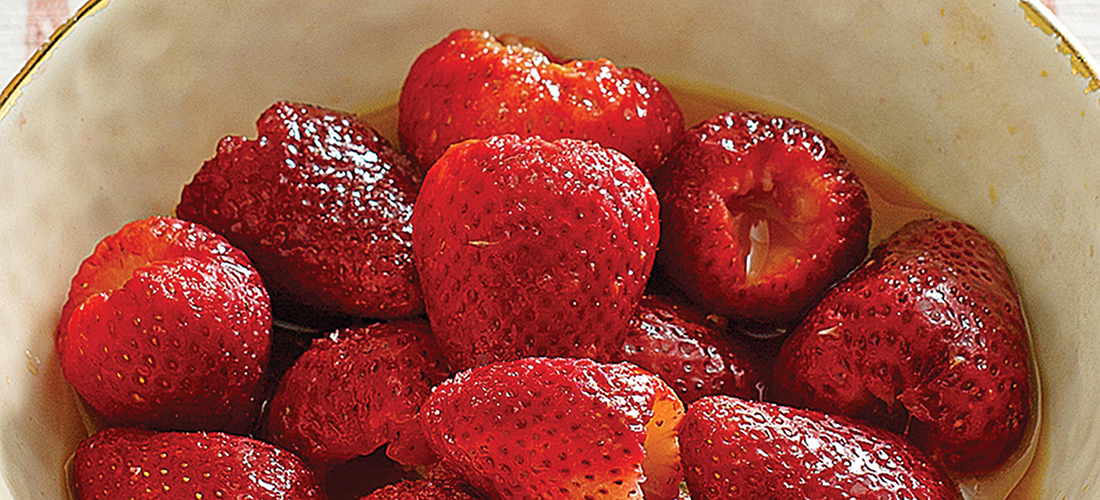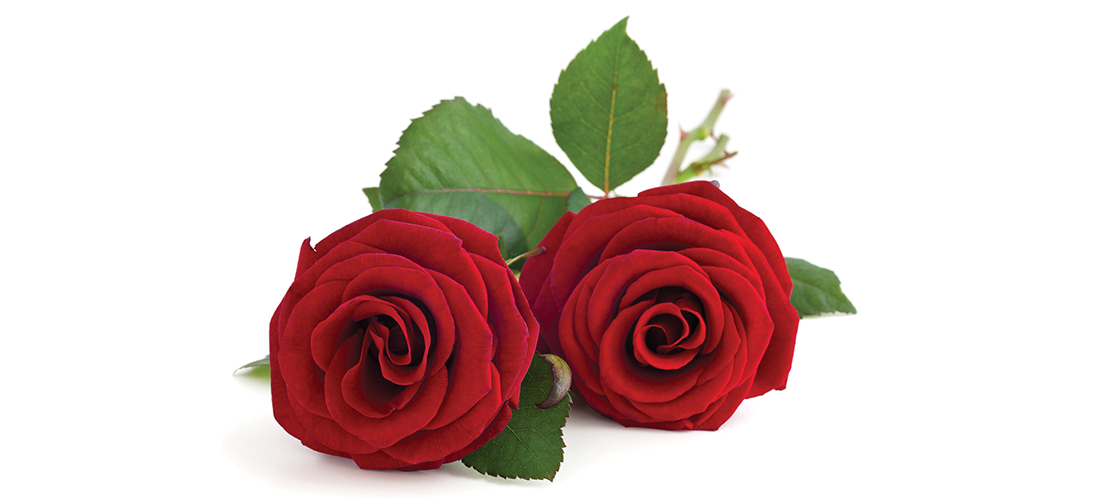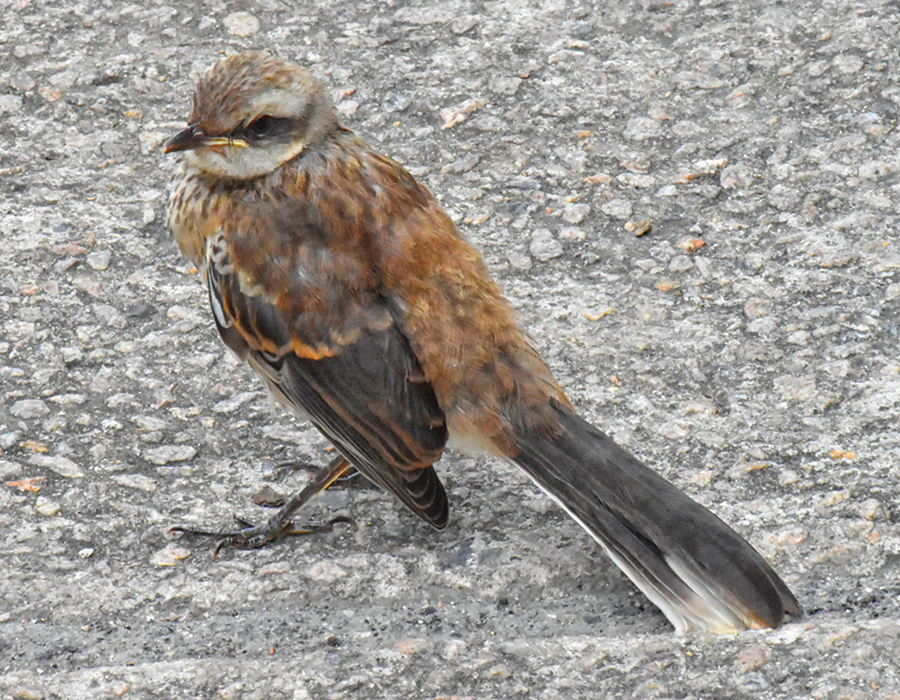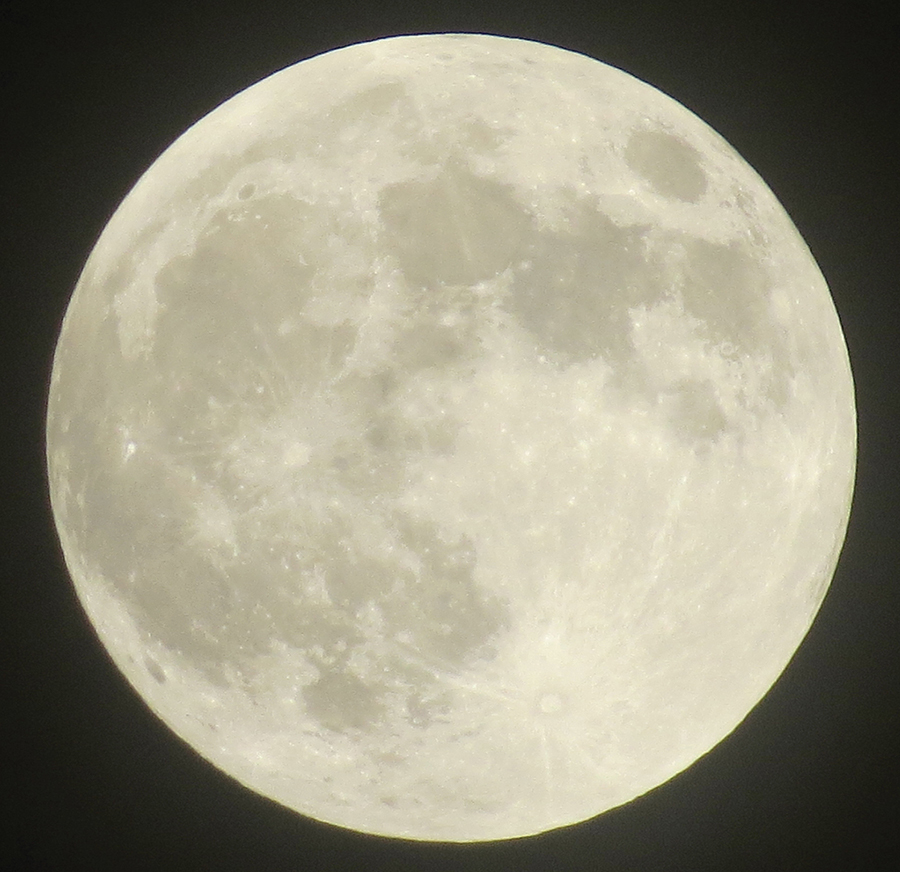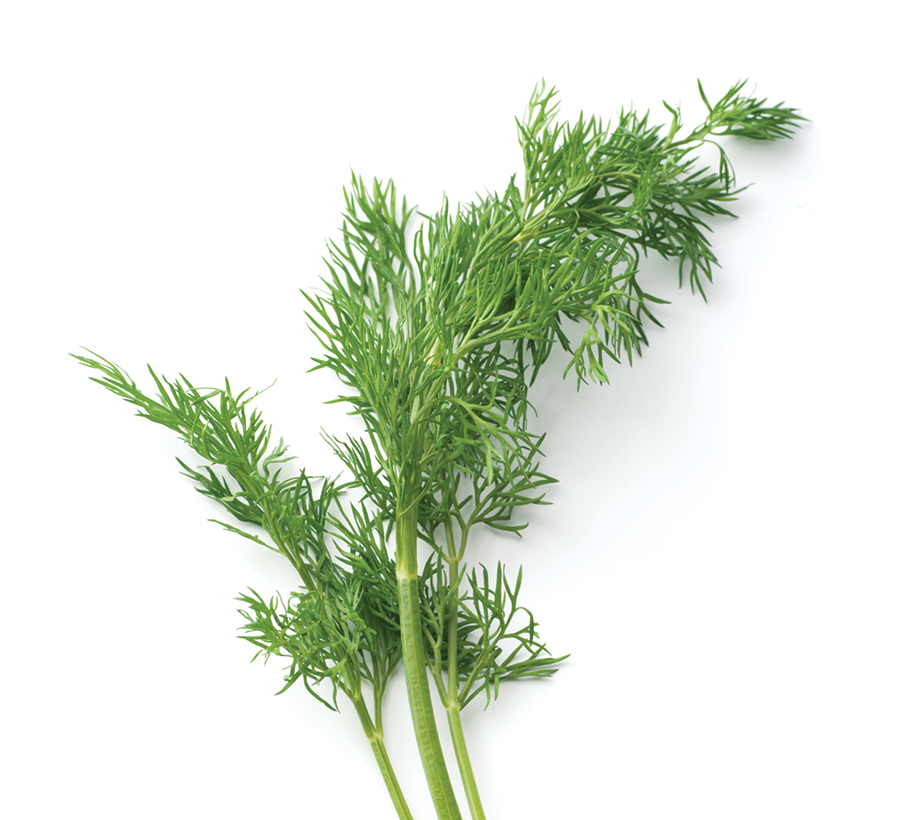For Mother, with a Twist
Gratitude for the lessons learned
By Deborah Salomon
May is for mothers. The woman who wiped our tears and noses and bottoms, who taught us to drink from a cup, eat with a fork, share our toys, say please and thank you. For this she is rewarded with breakfast in bed, flowers, a long wait in a crowded restaurant and handmade cards she will treasure forever.
My mother, who lived to 98, taught me by a different, rather contrary method which, although I did not follow with my own children, worked exceptionally well. For this I am grateful.
Examples:
Being there matters: My mother was a career woman, a high school math teacher. She was 36 when I was born. My father was 45. She returned to teaching when I was a few months old, and taught until I started first grade. Then she was home all day. My father’s job required a 90-minute commute, each way; hers, at least an hour. I hardly saw either of them, which allowed me the most wonderful, sweetest nanny in the world.
Annie was 18. My mother found her sweeping floors in a Greensboro beauty parlor, took her back to New York, where she was my companion/caregiver for five years. After leaving us Annie rose in the nanny ranks, according to her annual postcards. Before retirement she worked for the Rockefellers.
All I wanted was to stay home with the kids. Not much choice; I didn’t have a car until the youngest started pre-kindergarten.
Siblings aren’t important: My mother was eldest of three; my father youngest of seven. Who needs all that noise and bother? This only child responded by having three in 3 1/2 years. Glorious noise, memorable bother.
Shoes hurt: My mother had terrible feet, wore ugly orthopedic shoes. She assumed mine would be the same. They weren’t. Nevertheless, while the other little girls wore penny loafers, ballet flats, Keds and Mary Janes, I suffered in brown lace-ups. My three followed the crowd: saddles, sandals, boots. Better fallen arches than droopy psyches.
Pets aren’t necessary: I adored animals. No siblings, how about a puppy? I begged. Finally, a sweet little cocker spaniel. It was winter. We lived in an apartment. My parents could not manage the walks. A month later, Skippy went to live in New Jersey. I was allowed to visit. Skippy had a grassy yard and three children for playmates. Lucky Skippy.
We had a puppy before our first child was born, followed by other dogs and cats. Kids need animals. So did Mommy.
Birthday parties matter, too: All my grade-school friends had them, sometimes at home, sometimes the mom would herd a few giggling girls to a Walt Disney movie followed by ice cream and cake. Too much mess, my mother decided. Suppose one gets sick? Or runs into the street? Or spills all over her party dress?
I reacted by mounting birthday extravaganzas. Cleaned and decorated the garage, rented long, low tables, ordered party sandwiches, almost passed out blowing up balloons. What a mess! I treasure the Polaroids that, miraculously, haven’t faded.
Trust begets trust: I was a good girl. Made good grades, had nice friends, obeyed the rules. Freshman year, a cool guy invited me to a statewide frat weekend in Charlotte. The event was approved by the Duke women’s dean, no small feat. Several girls shared a room at the hotel where the dance was being held. We drove there with the guys, unloaded our bags, checked in. Out of the corner of my eye I saw a familiar figure sitting in the lobby, reading a newspaper. I know you meant well, Mom, but really . . .
One of my daughters trained with the Canadian Junior Ski Team in Argentina when she was 14. The other worked in California, at 19. And my son backpacked through Germany, visiting car manufacturing shrines, when he was 17. I was scared to death but they were good kids so I never let on.
Food really matters: I learned to cook young because my mother’s food was bland and mushy. We never had fun stuff, even as a treat. No Kraft dinner, hot dogs, Kool-Aid, ice cream sandwiches, cupcakes. She made brownies once a year, for the bridge club. She never, not once, roasted a turkey for Thanksgiving. Too wasteful for only three people, she rationalized. Which is why I do turkey often, including summer. Nothing beats real turkey sandwiches. Stuffing knows no season.
I am extra-grateful for self-taught culinary skills that I turned into a career that took me interesting places to meet fascinating people. Cookies, I learned, open doors.
My mother believed the most important thing about getting married is the china, crystal and silver. I didn’t care, picked simple, classic designs. Nothing doing. The china and crystal had to be gold-rimmed, therefore not dishwasher-safe. The silver . . . ornate, difficult to polish. My mother envisioned elegant dinner parties. Instead, I dragged everything out once a year, at Passover, where attendees included young children fascinated by the easily tipped stemware.
After my mother’s death, in 2000, I called a fancy caterer, who arrived with a roll of hundred-dollar bills bigger than a softball and many empty boxes. Finally, these prized (by my mother) possessions would fulfill their destiny, albeit not at my table. I sang Mom’s praises all the way to the bank.
In retrospect, the most valuable lessons were problem-solving, self-sufficiency. My mother called me her “ways and means” child. Not very warm and fuzzy. Not something celebrated by Hallmark or FTD. Or even Butterball. But lots more practical.
For that, especially on Mother’s Day, thank you so much, Mom. PS
Deborah Salomon is a staff writer for PineStraw and The Pilot. She may be reached at debsalomon@nc.rr.com.

